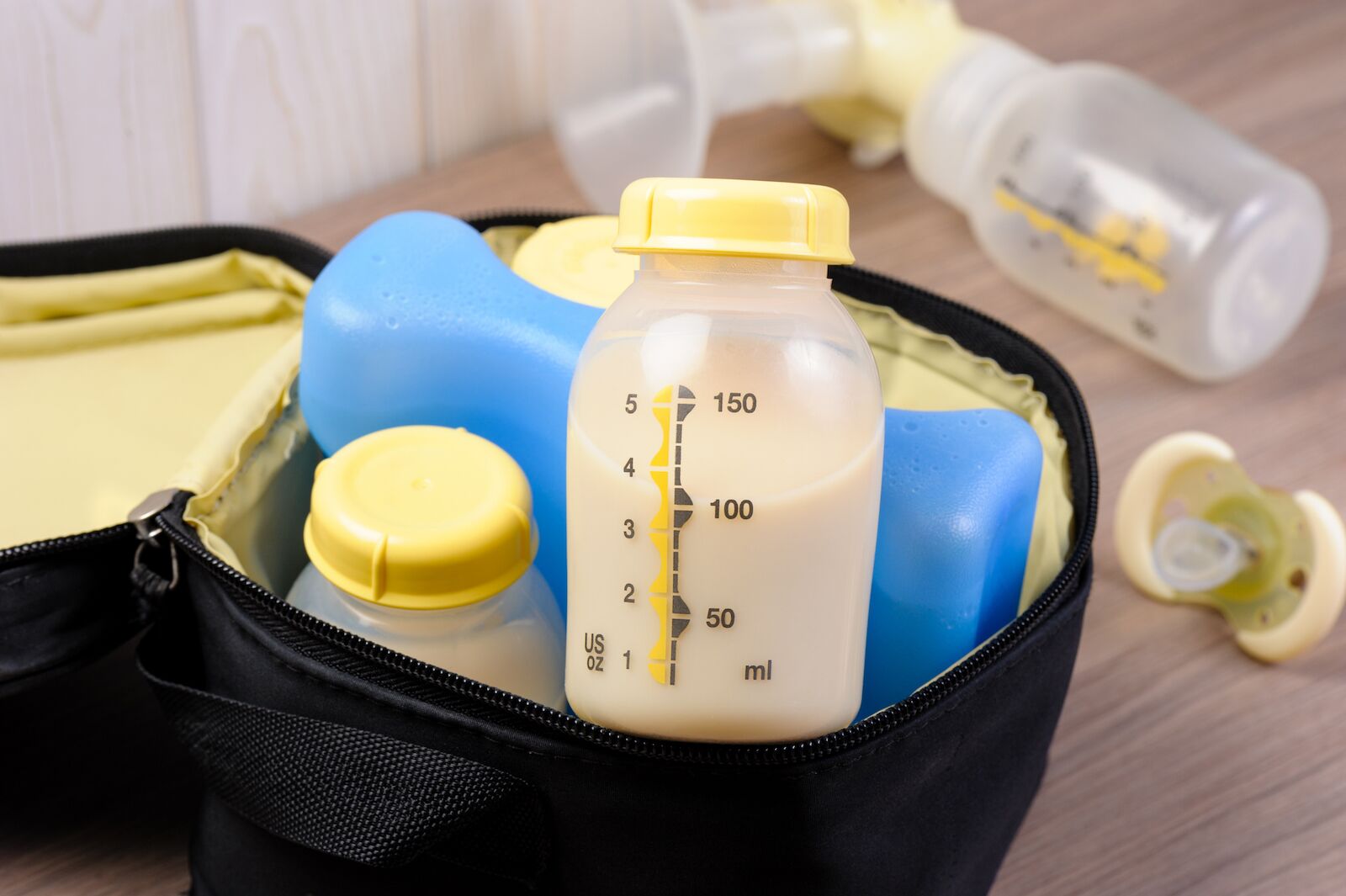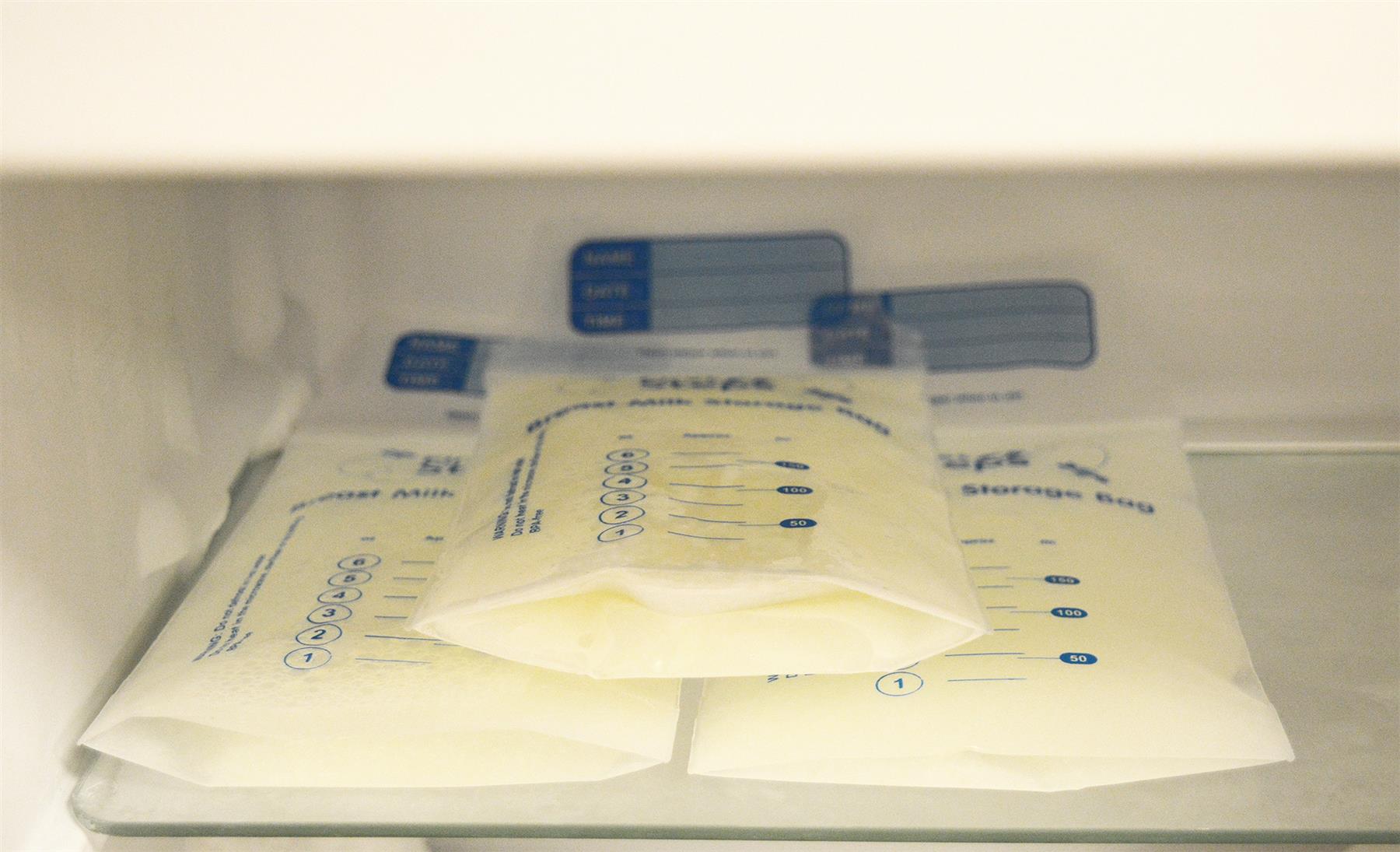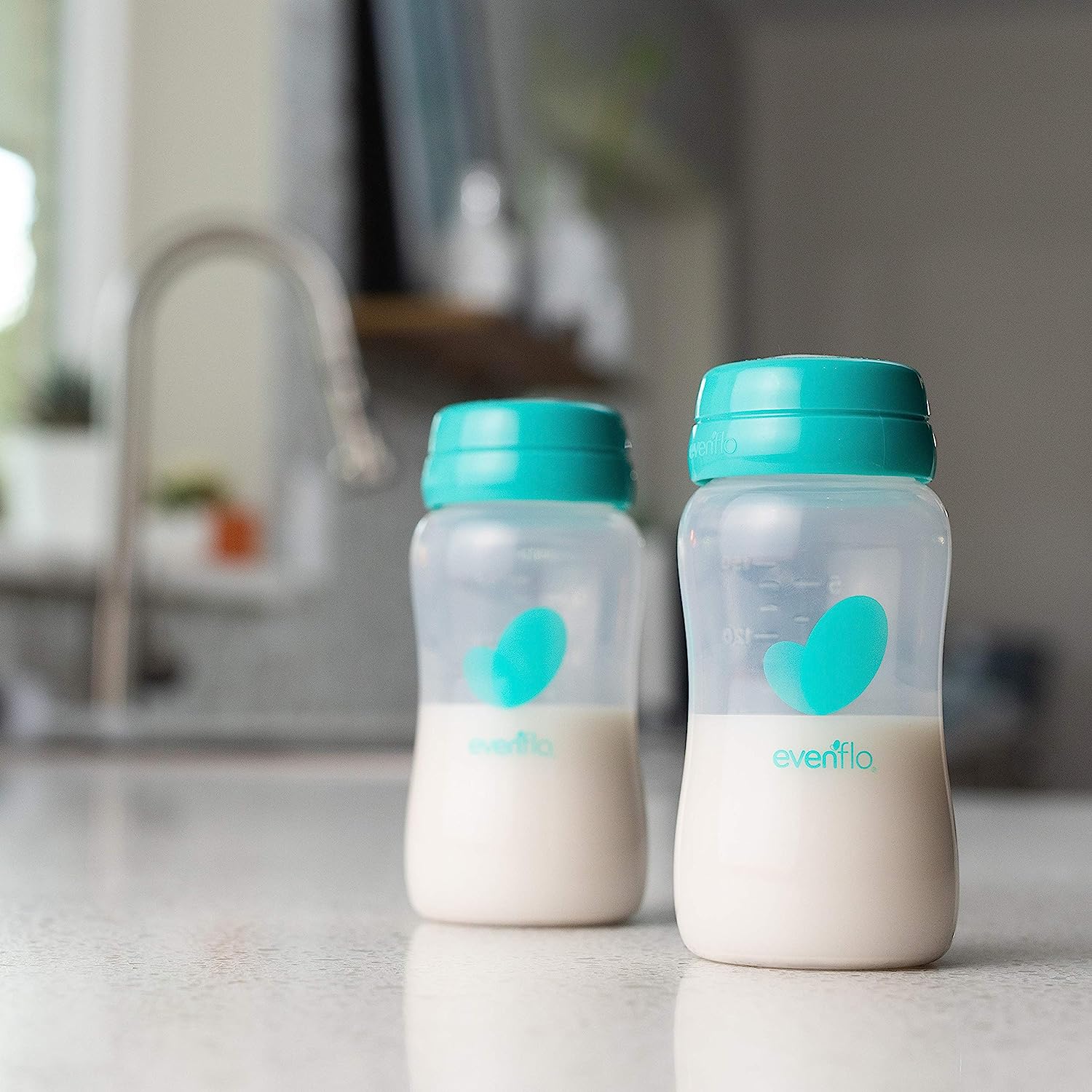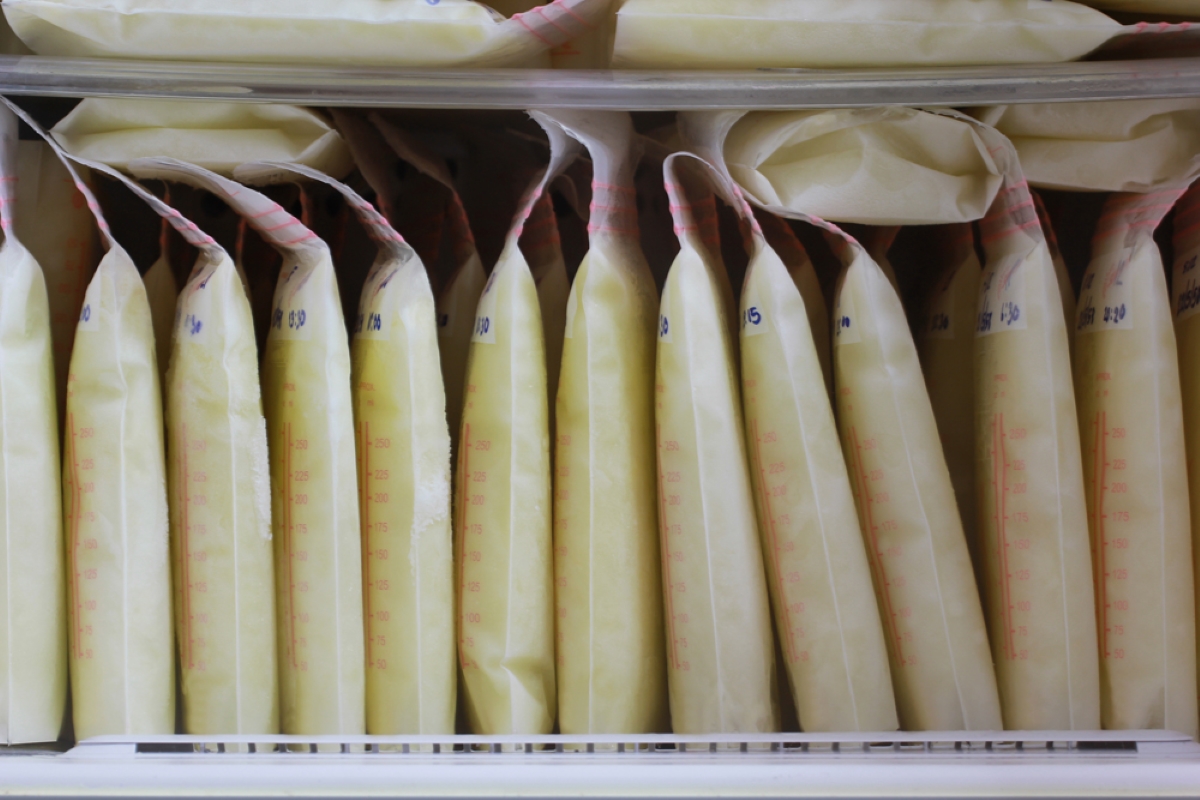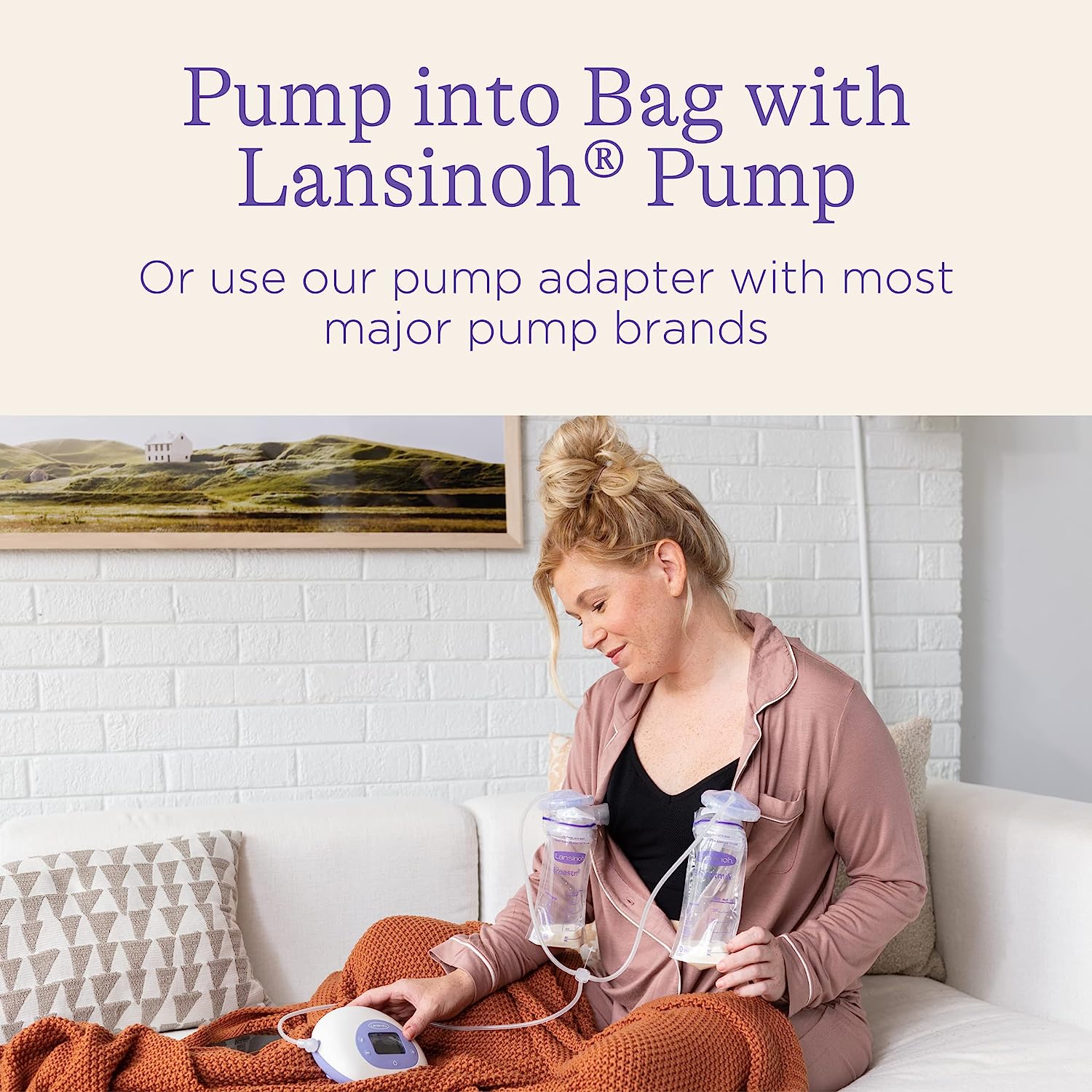Home> Breastmilk Storage System
Breastmilk Storage System: The Ultimate Guide for Nursing Mothers
Explore the best Breastmilk Storage System for safe & effective milk storage. Discover tips, advice, and top product recommendations for nursing mothers.
11 Best Breastmilk Storage Bottles For 2024
By: Benjamin Parker • 50 Ways To Get The Most Out Of Your Kitchen Storage
14 Best Milk Storage Bags For 2024
By: Isabella Mitchell • 50 Ways To Get The Most Out Of Your Kitchen Storage
13 Best Lansinoh Breastmilk Storage Bags For 2024
By: Sophie Thompson • 50 Best Bathroom Storage Ideas Of All Time
